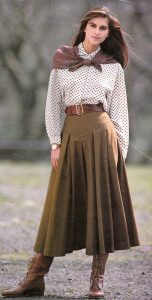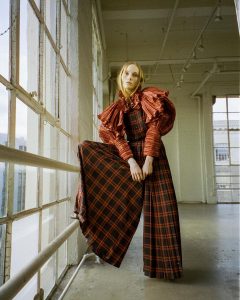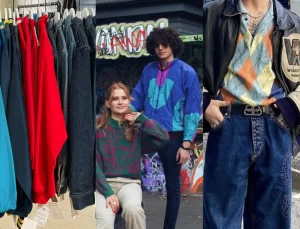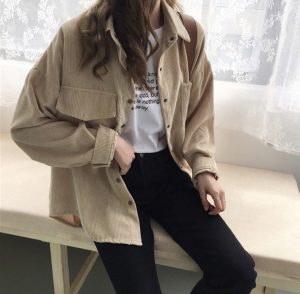“The Art of Vintage Shopping: Finding Hidden Treasures in Thrift Stores and Flea Markets”
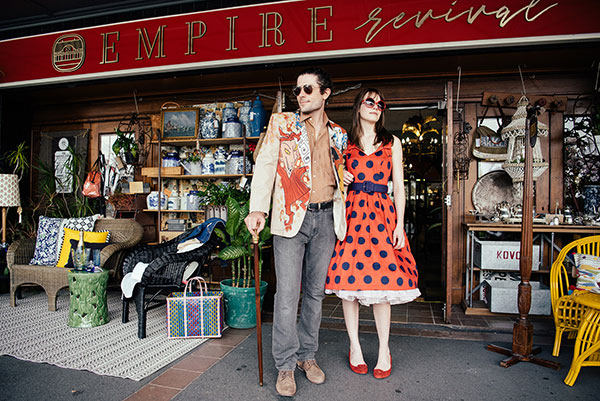
Title: The Art of Vintage Shopping: Finding Hidden Treasures in Thrift Stores and Flea Markets
Introduction:
Vintage shopping is more than just a pastime; it’s a treasure hunt filled with excitement and anticipation. Thrift stores and flea markets are havens for those seeking unique and timeless pieces that tell a story and add character to their wardrobes. The art of vintage shopping involves not only a keen eye for quality and craftsmanship but also a sense of adventure and discovery. In this guide, we’ll explore the ins and outs of vintage shopping and share tips for finding hidden treasures in thrift stores and flea markets.
1. Embrace the Hunt:
Vintage shopping is all about the thrill of the hunt, so approach it with an open mind and a sense of adventure. Take your time to browse through racks of clothing, sift through bins of accessories, and explore every nook and cranny of the store or market. You never know what hidden gems you might uncover, so be patient and enjoy the process of discovery.
2. Know What You’re Looking For:
Before you embark on your vintage shopping adventure, it’s helpful to have a general idea of what you’re looking for. Whether it’s a vintage dress from the 1950s, a leather jacket from the 1970s, or a statement piece of costume jewelry, having a specific item or style in mind can help you focus your search and narrow down your options.
3. Check for Quality and Condition:
When shopping for vintage clothing and accessories, it’s important to inspect each item for quality and condition. Look for signs of wear and tear, such as stains, holes, or missing buttons, and assess the overall craftsmanship of the piece. Vintage items may show some signs of age, but high-quality materials and construction can withstand the test of time and still be in excellent condition.
4. Look for Unique Details:
One of the joys of vintage shopping is discovering pieces with unique and interesting details that set them apart from modern clothing. Keep an eye out for intricate embroidery, hand-painted designs, vintage labels, and unusual fabric textures that add character and charm to vintage garments and accessories.
5. Try Everything On:
Vintage sizing can vary significantly from modern sizing, so it’s essential to try on items before making a purchase. Don’t be discouraged if a piece doesn’t fit perfectly; vintage clothing can often be altered or tailored to achieve a better fit. Trying on different styles and sizes can also help you experiment with new looks and discover unexpected treasures.
6. Bargain with Confidence:
Don’t be afraid to negotiate prices when shopping at thrift stores and flea markets. Many vendors are open to bargaining, especially if an item has been sitting unsold for a while. Be polite and respectful, but don’t be afraid to make a counteroffer or ask for a discount, especially if you’re buying multiple items or if an item has minor flaws that need repair.
Conclusion:
Vintage shopping is a rewarding and exhilarating experience that offers the opportunity to find unique and one-of-a-kind treasures. By embracing the thrill of the hunt, knowing what to look for, checking for quality and condition, and keeping an eye out for unique details, you can uncover hidden gems in thrift stores and flea markets that add personality and style to your wardrobe. Whether you’re searching for a vintage statement piece or simply enjoy the adventure of discovering new treasures, vintage shopping is an art form that allows you to connect with the past while expressing your individuality in the present.
